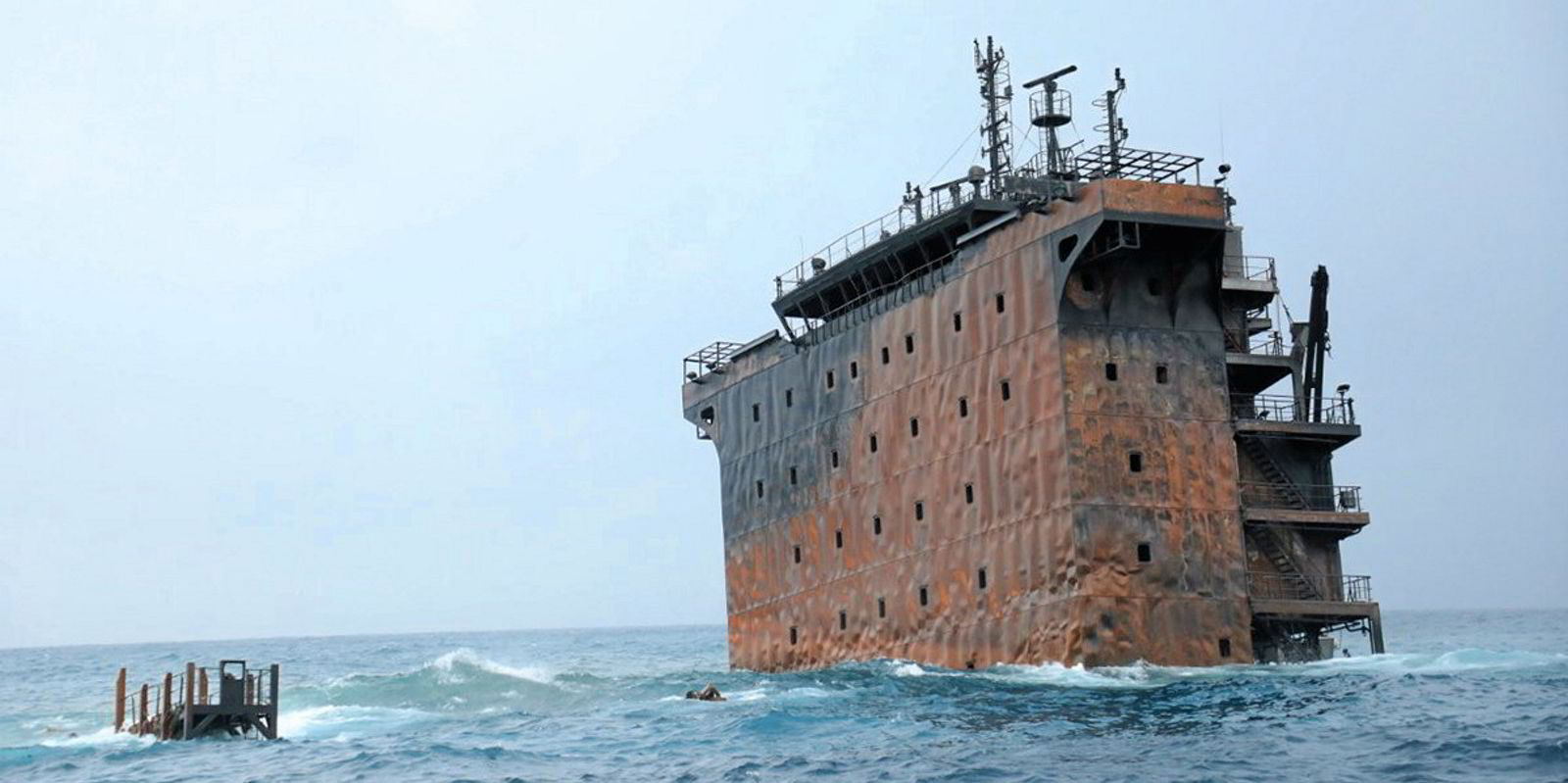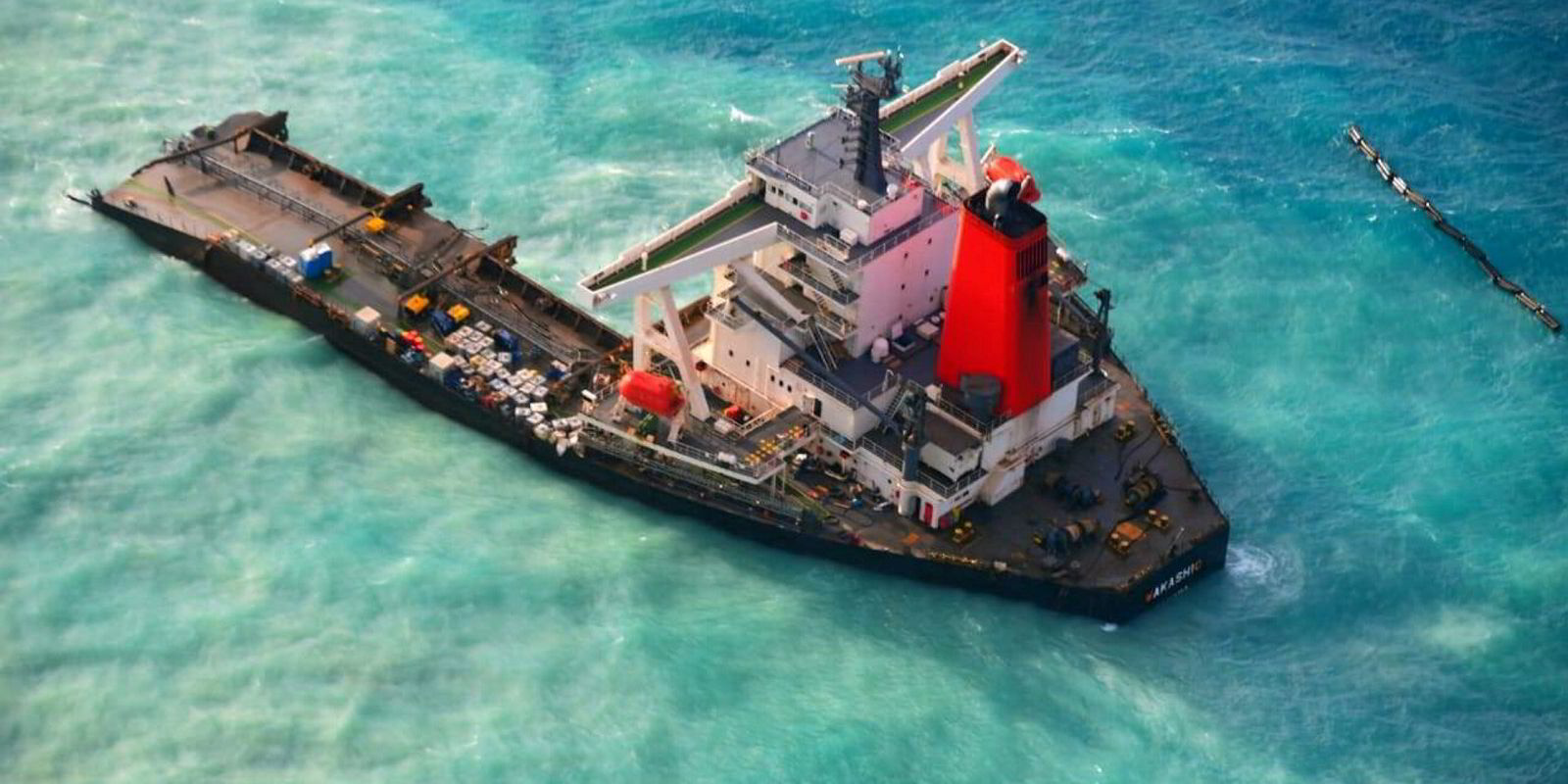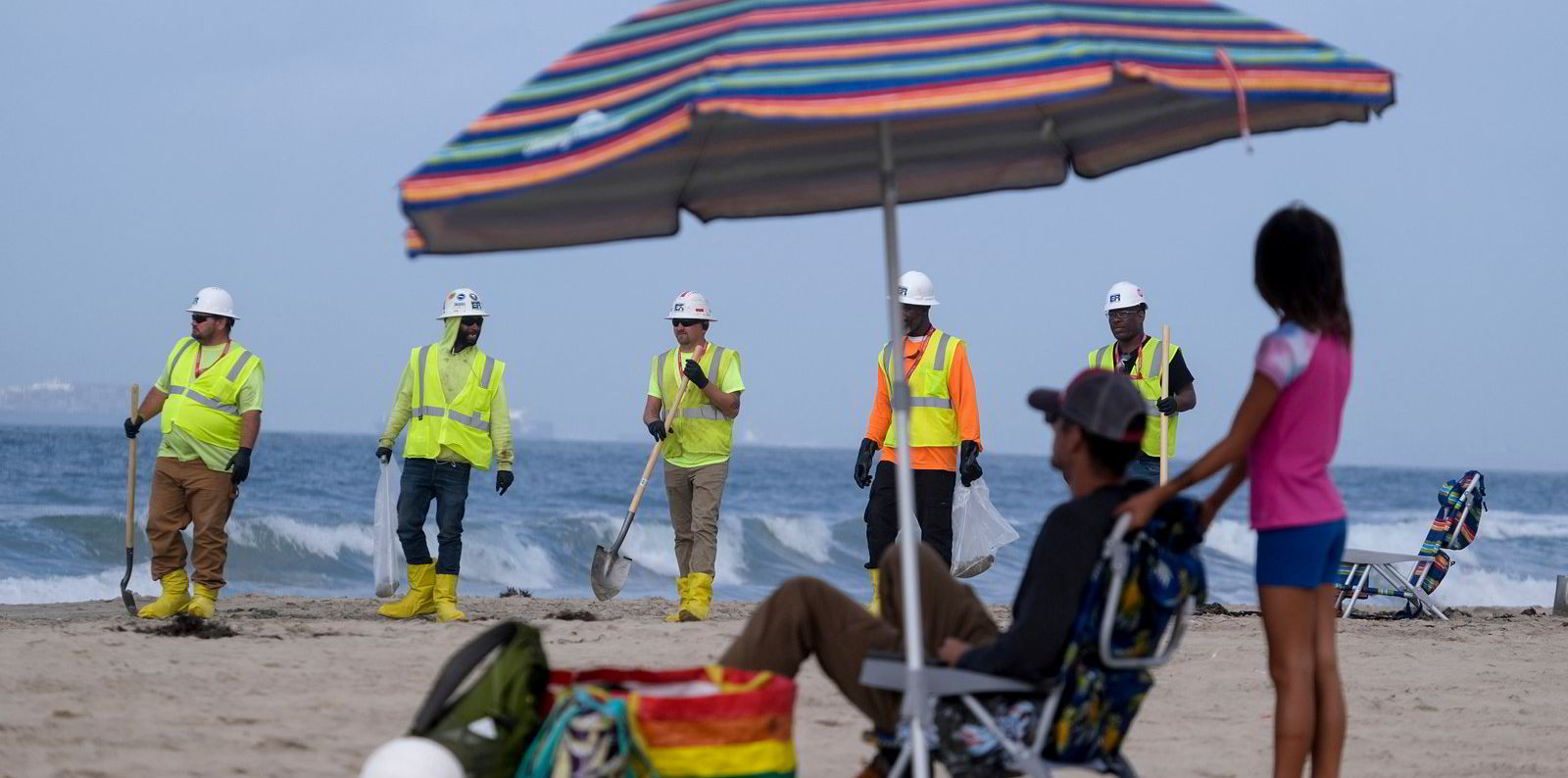Shipowners are likely to be facing higher hull and machinery insurance costs again this year, but the rate of increase appears to be softening.
January is one of the key policy renewal months in the marine insurance market and is often taken as an indication of upcoming rate movements in the year ahead.
This year and last saw double-digit increases in marine insurance rates as the market finally benefited from curtailment of capacity, which largely took place at Lloyd's of London.
However, brokers indicate that rate increases are likely to be kept under 10% in 2022, as more insurance capacity has entered the market, and some existing insurers are planning to expand.
Broker Gallagher said a reduction in rate increases had already started.
"There has been some easing in the marine hull market over recent months," Gallagher said. "Whilst the market cannot be described as soft, with increases still being sought on clean business, it is undoubtedly less difficult than 2020, with limited pockets of new capacity in addition to some carriers looking to selectively grow their books again."
Marine underwriters are also requiring lower rate increases because they are already generating more premium from dramatically improved market conditions in the container ship and dry bulk markets.
Insured values
When shipping trading markets improve, so do insured values and insurance rates.
Figures from Nordic insurance association Cefor indicate that, in 2020, average insured values in the marine market increased for the first time in a decade.
Further rises seem likely because of further improvements to shipping markets this year.
The downside is that with higher valuations, insurers face larger claims in the event of an accident.
Marine insurers' exposure to high-value claims has been highlighted by casualties such as the 20,388-teu Ever Given (built 2018).
A large part of the settlement for the high-profile grounding landed with the ship's hull and machinery insurer, Mitsui Sumitomo Insurance Group.
A series of boxship fires and container stack collapses have also made underwriters aware of the potential costs of a major container ship casualty.
Increased exposure
"There will be extra premium going into the market due to increasing asset values but, with that, comes the possible increase in severity of large claims as total loss exposures increase and loss of hire daily amounts reach levels not seen for some considerable time," Gallagher said.
Another factor that will help support higher rates in the marine insurance market is a further hardening of the reinsurance market at the 1 January renewals.
The reinsurance renewals are expected to see a continuation of a hardening market, which will be passed down to primary insurers, and eventually affect how much shipowners pay for their marine insurance.
In its reinsurance renewal report, reinsurance specialist broker Guy Carpenter said uncertainty over the extent of Covid-19 losses and availability of capital will influence this year's reinsurance renewal.
Reinsurance capital actually shrank by 2% in 2020, while Guy Carpenter commented that continued uncertainty over Covid-19 losses — estimated at around $66bn in total — will "affect reinsurers' willingness to deploy capital".
Natural catastrophe losses also again figure strongly for reinsurers, with the European floods alone expected to cost in the region of $10bn.
The softening of rate increases in the marine market will help shipowners who are facing significantly higher protection and indemnity insurance costs. P&I clubs have indicated rate rises of between 5% and 15% at the February renewal but have said they will punish shipowners with poor claims records with even higher hikes.
Shipowners also face an extra, on-average 33% increase in International Group of P&I Clubs' reinsurance costs.






